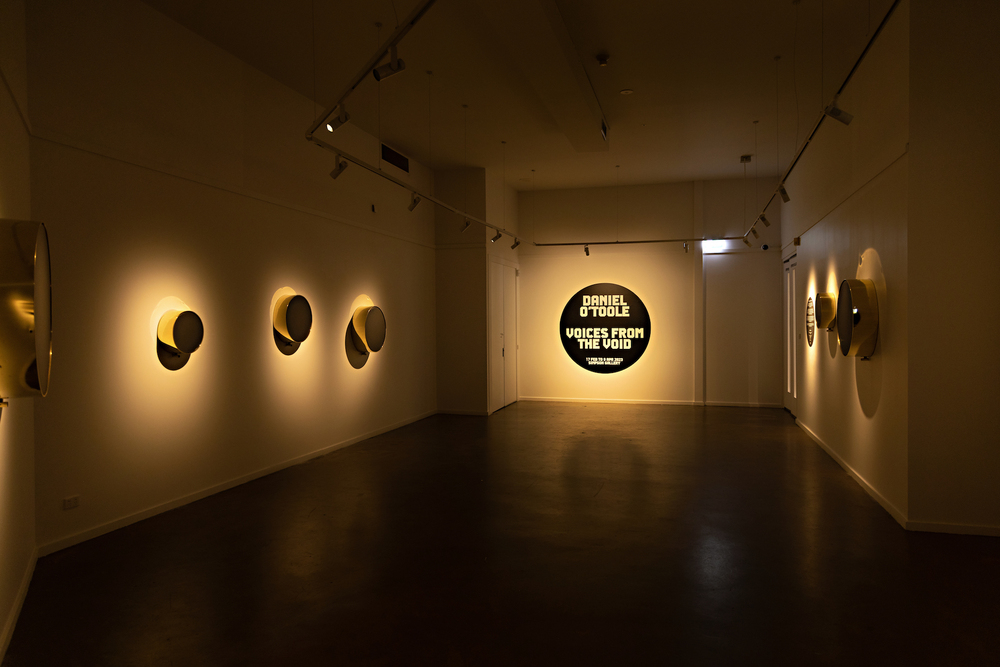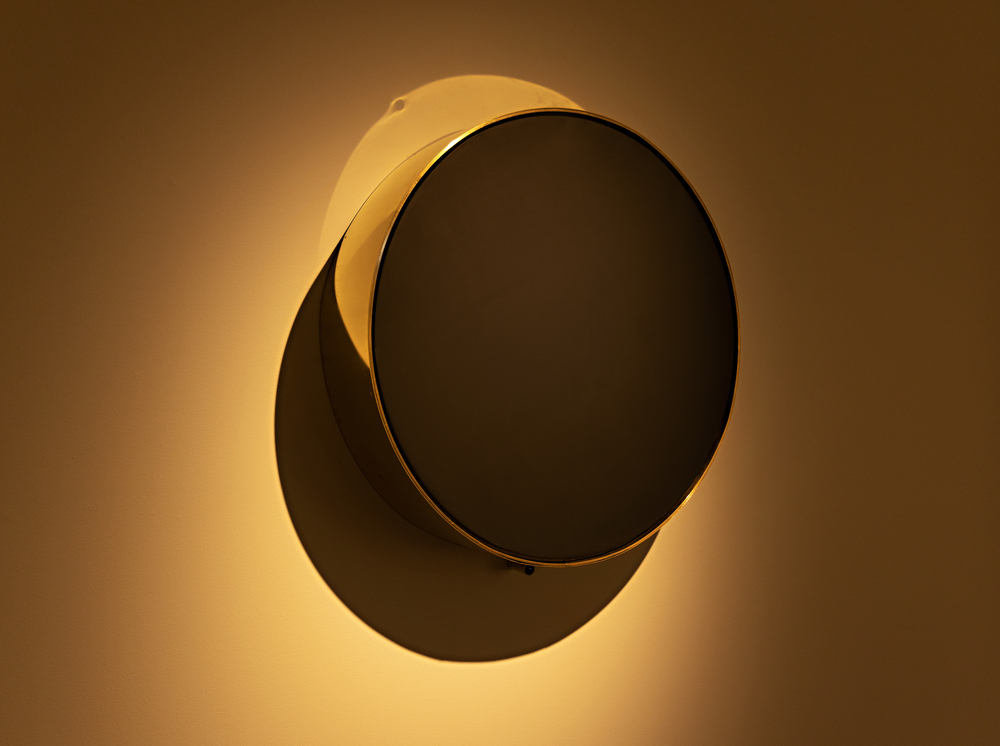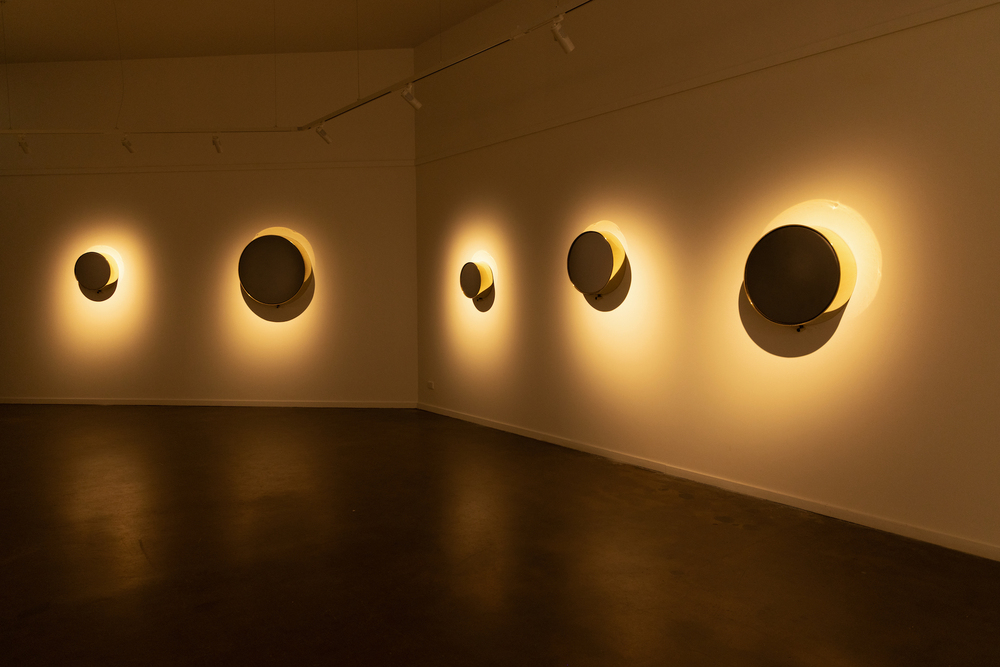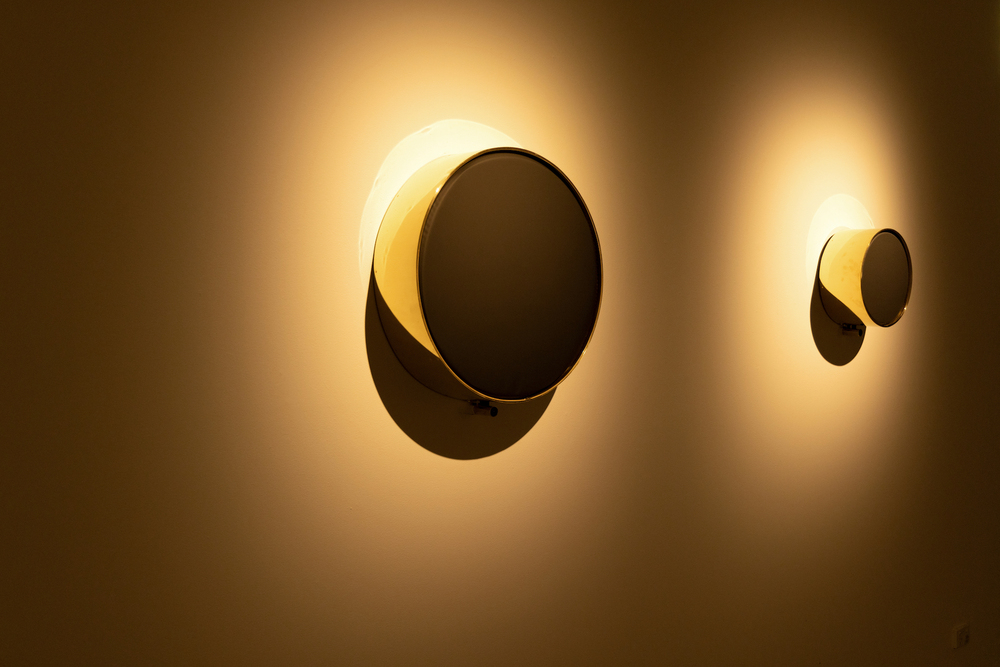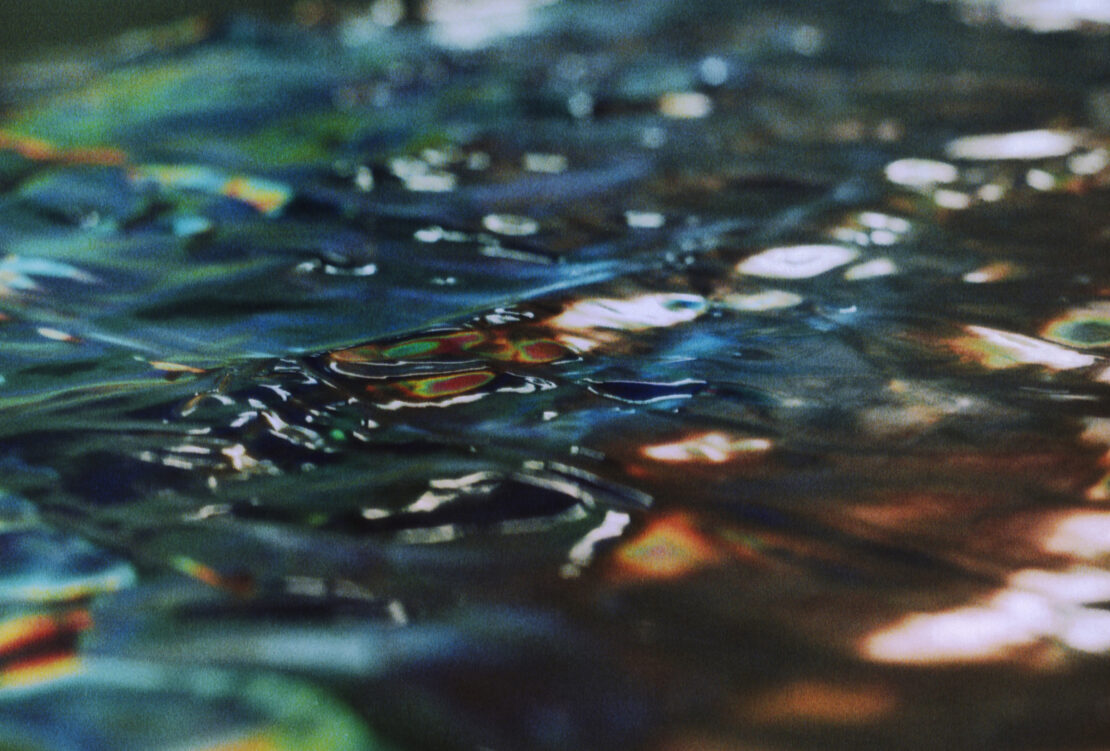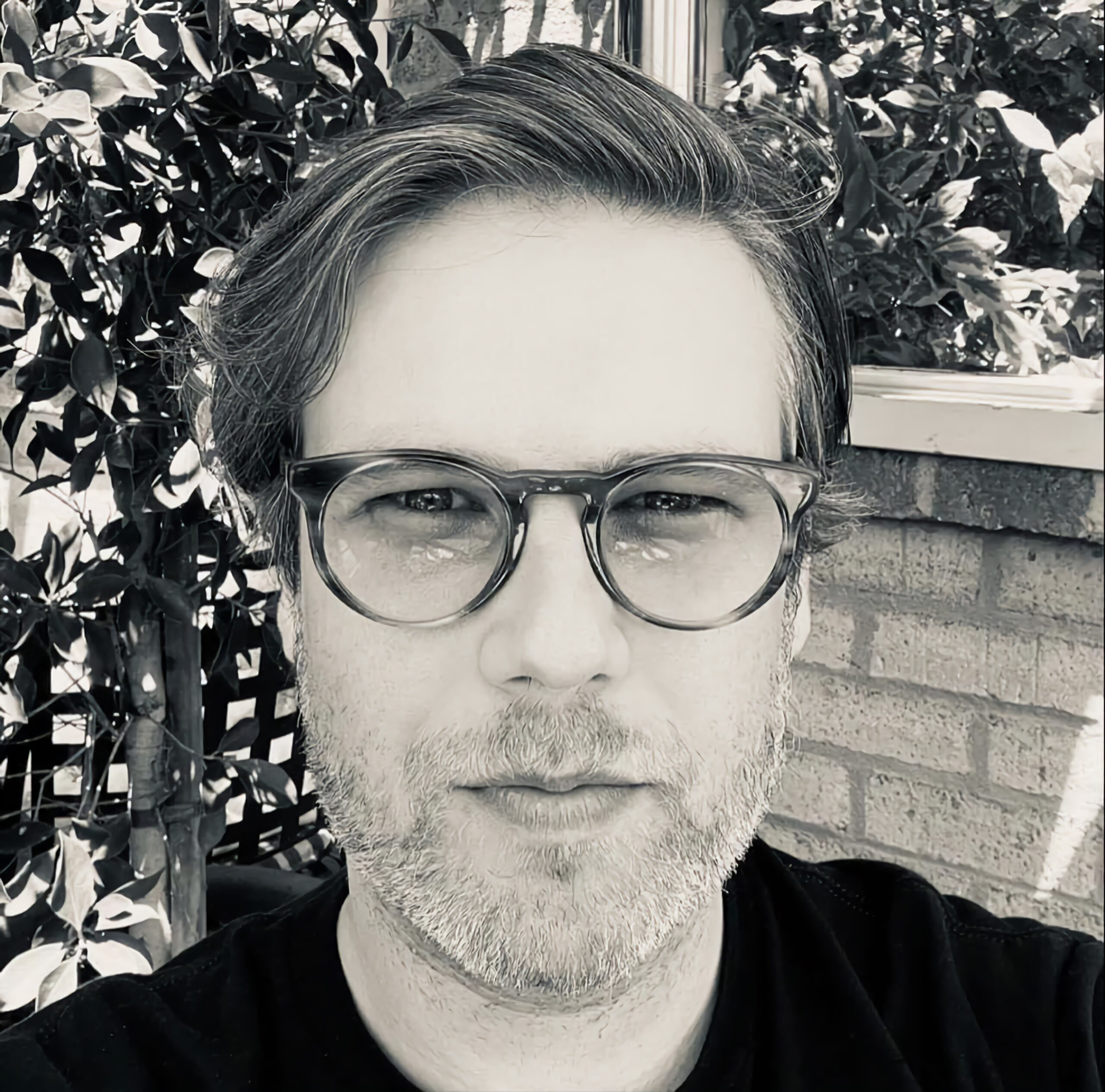In the 1960s a small group of artists hung around Venice/Santa Monica in California because the rent was cheap and the air was good. Artists like Helen Pashgian and Larry Bell were pioneering the “Light and Space Movement”. They were concerned with capturing something ephemeral and fleeting. While the New York minimalists sought to fill space with form and structure, they sought to recreate natural ambience or what Australian artist Daniel O’Toole now refers to as “micro-events”.
“Street art has gone through a metamorphosis and become something new. What started as unregulated artwork to provoke imagination, inspiration, thought, humour, political action, and which was placed in unexpected places often on a small and intimate scale, has become large scale mural work.
– Daniel O’Toole
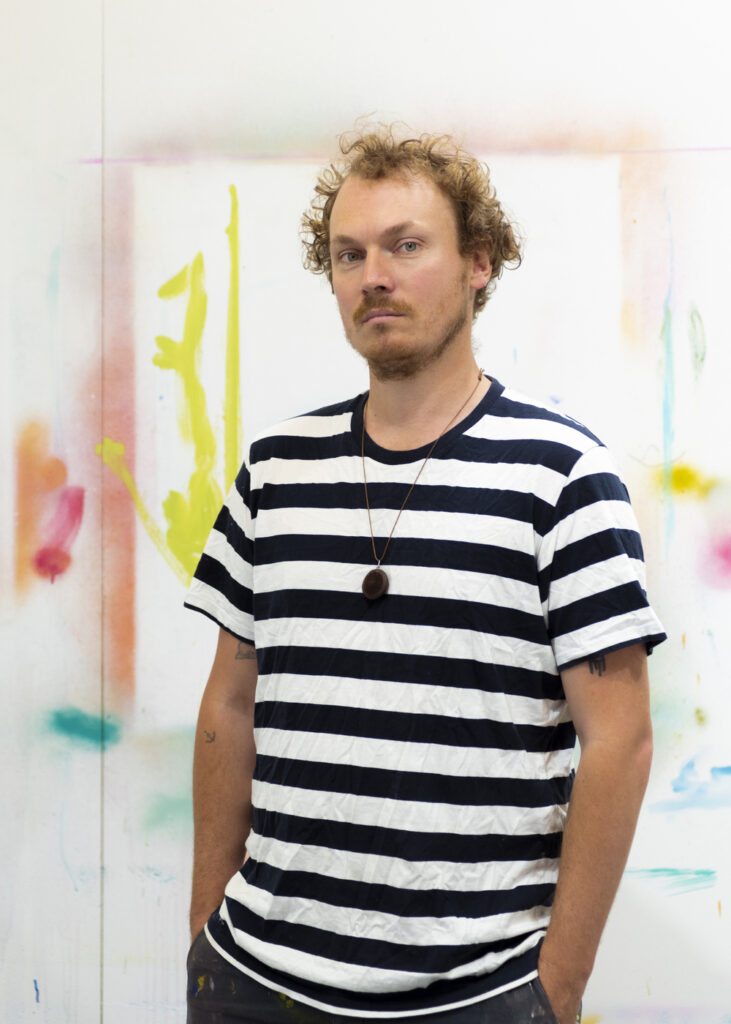
In a 2021 exhibition entitled Deliquescent Light we saw Daniel explore and distill the interactions of light and liquid through a novel use of video and sound design. The resulting paintings are atmospheric and continue that avant garde tradition pioneered a generation ago. What would those artists in the 60s done differently if they had the same ubiquitous access to technology we enjoy today? Would James Turrel be creating meditative VR experiences?
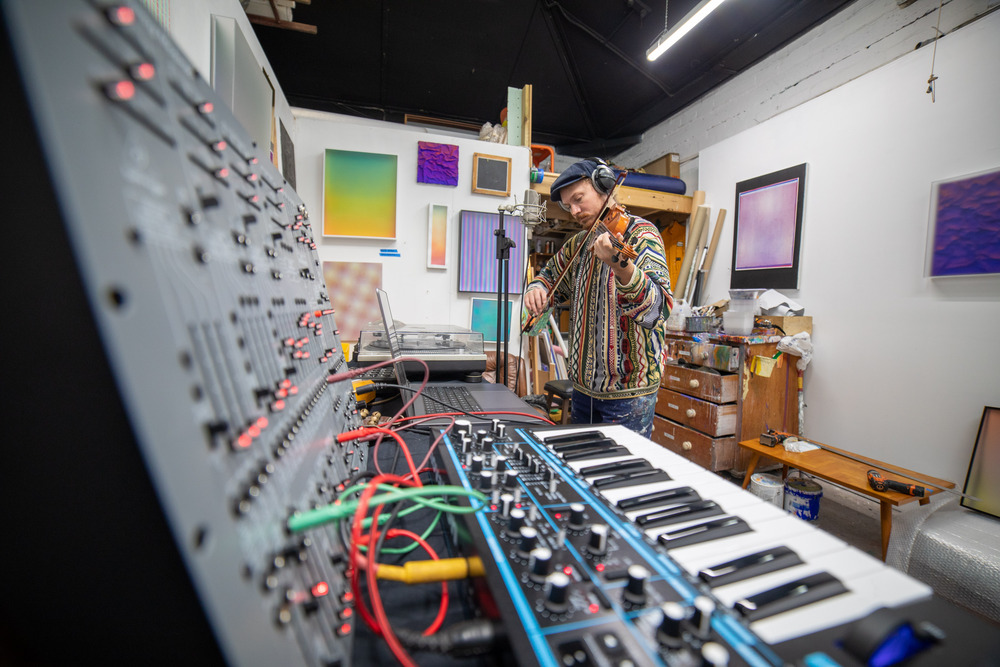
Today, Daniel takes full advantage of his access to A/V technology. Similarly, the Light and Space crew were utilizing new plastics available through their proximity to a burgeoning aeronautics and automotive industry. Daniel is not limiting himself to paint on canvas; his latest work Voices From the Void is a tech-driven sound installation created with the help of a sizable team.
In fact, O’Toole is not limited to the role of “artist” either. Like myself, Daniel has a history on the other side of the fence having run his own gallery space. Our similarities don’t end there either. My first adventures in “the art world” involved managing street artists. Daniel “Ears” O’Toole first gained notoriety for his figurative mural work in the Sydney street scene.
I sat down with the artist to talk about his process, vision, and the state of the gallery and street art world we’ve both sort of left behind.
Brandon Wisecarver: What did you learn at Art School? Why did you leave?
Daniel O’Toole: “The Art school I went to (NAS / Sydney) was very traditional and hands-on in its approach to learning the practical skills involved with making art. So, I was given a taste of what’s involved on the technical side of things, when it comes to print making, photography, sculpture etc. These were all disciplines I had never tried my hand at, so it was super interesting to learn a bit about those things. I also made friends at art school that have stayed with me through my career, and those social connections are vital.
I just wasn’t seeing any work that excited me coming out of the art school, and the teachers seemed threatened by my work on the streets, it didn’t feel like a supportive environment to me where a conceptual discourse was at the centre. Basically, I was told by a teacher that this is a school for ‘ fine art’ not graffiti and I should go study graphic design or illustration or something else… This was a long time ago though now, (2007) and I believe the culture of the school has changed dramatically.
I left art school to pursue a fairly ambitious dream of starting an art magazine, which morphed into a gallery project called ‘Oh really’ gallery, which was situated in Newtown for three years. I left the school in 2007, and by the end of 2008, I was making a full time living selling artworks and painting murals whilst running the gallery with my mates Max Berry and Jamie Nimmo. I’ve managed to live off my art since then.“
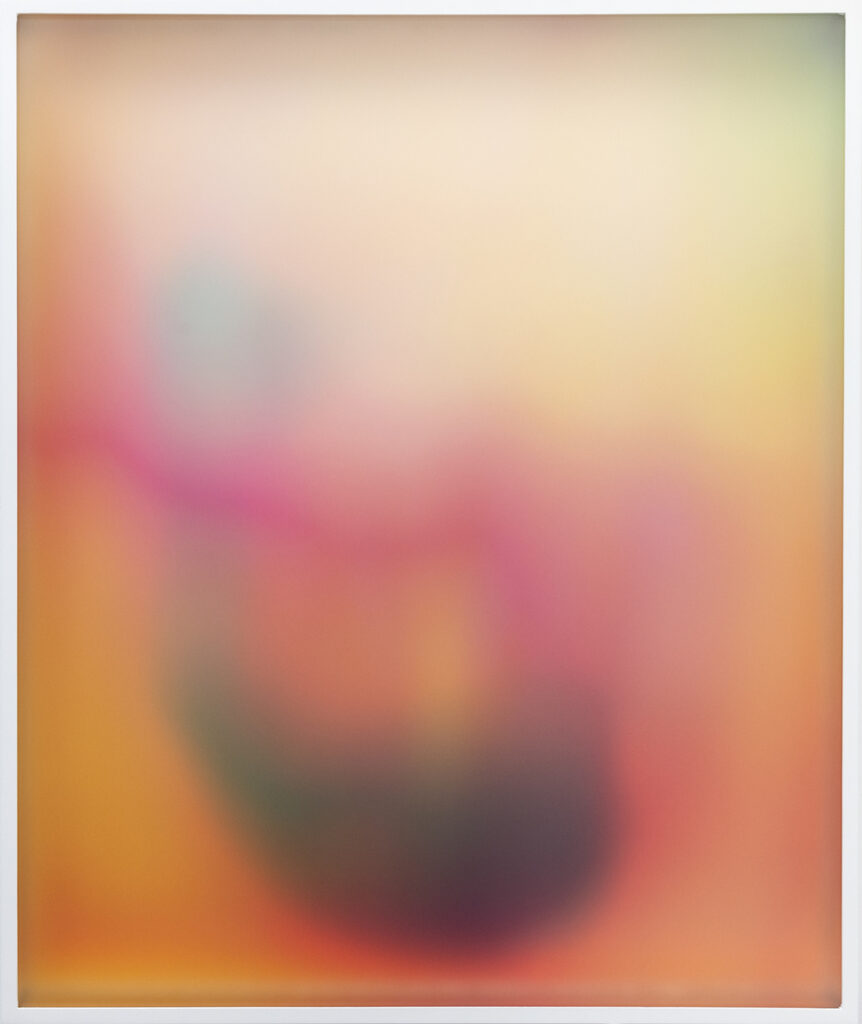
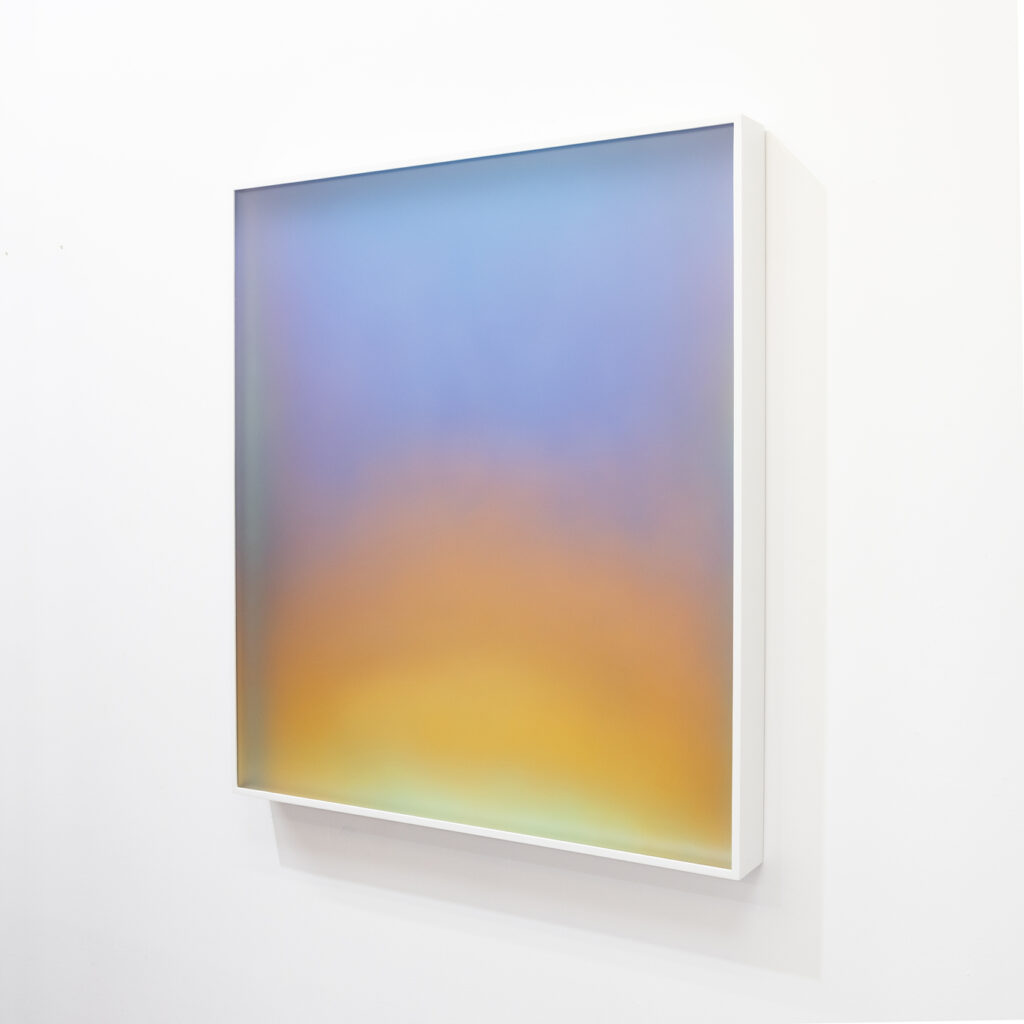
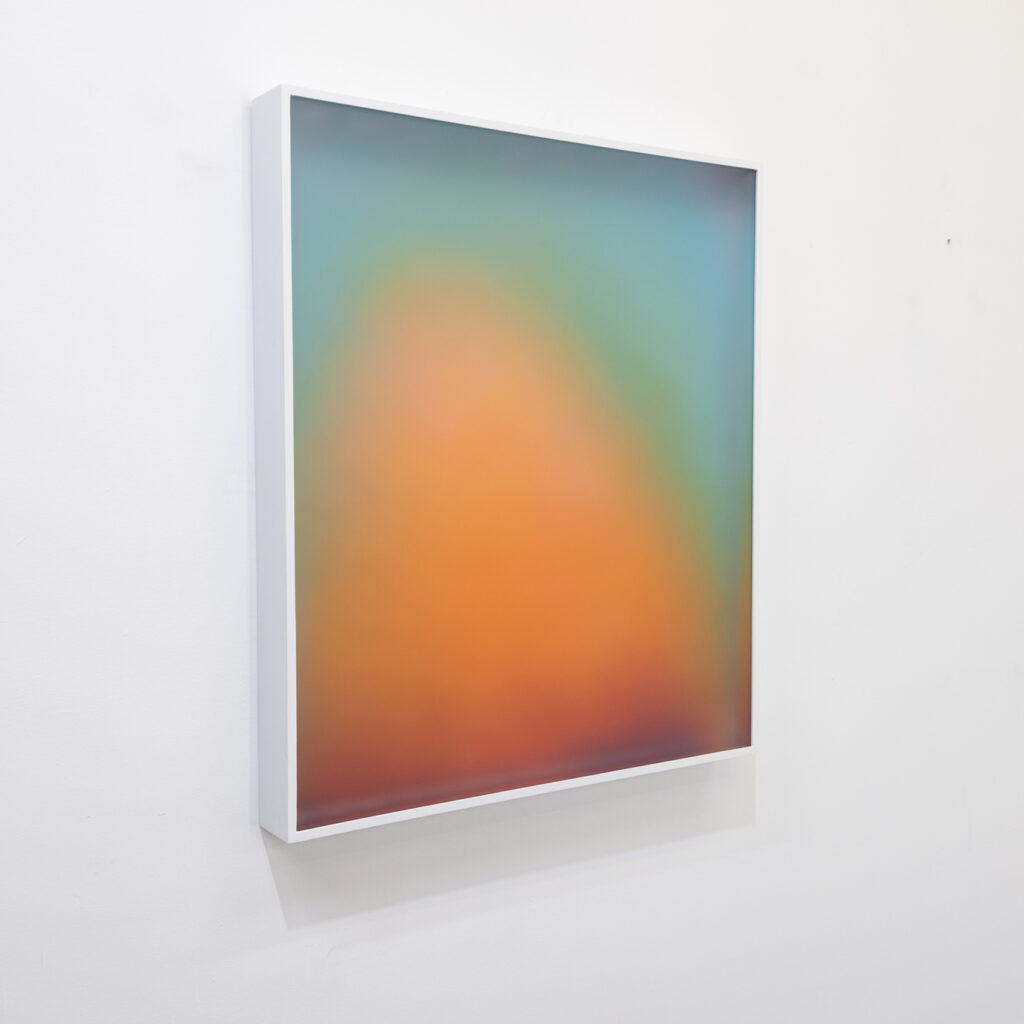
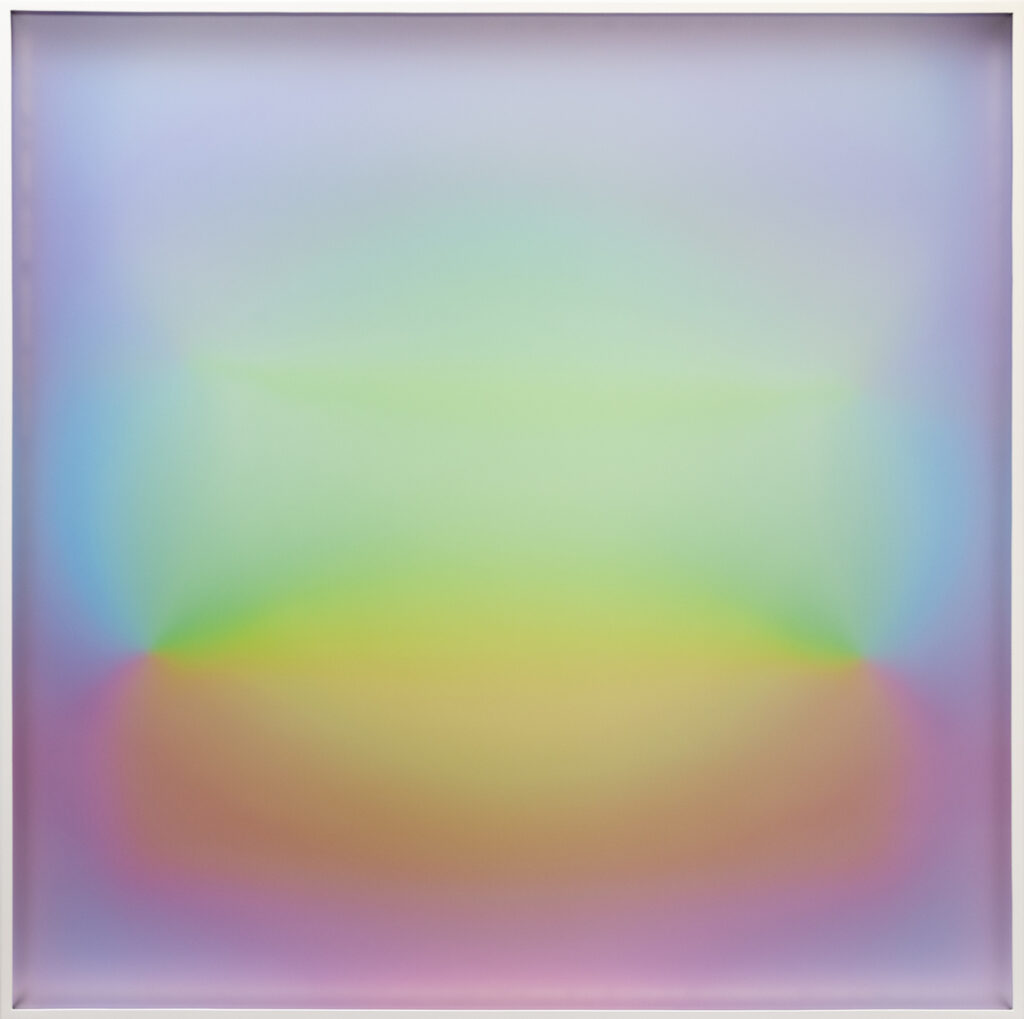
BW: Favorite artist associated with the Light and Space movement?
DO: “James Turrell would have to be number one! I love the way his work references his experiences of flying and aviation. It really resonates with me having grown up as the son of a pilot and spent a lot of time in the sky. The architectural and immersive aspects of his large-scale installations are transcendental. Robert Irwin, Larry Bell, Helen Pashgian, Peter Alexander, all the usual suspects, I guess. But I was also profoundly affected by Anish Kapoor when I saw his colour voids, and the installations of Yayoi Kasuma.”
BW: What’s pushed you away from the street and into the studio?
DO: “I enjoyed the accessible nature of street art, and how immersive and interactive it is for the public. There is a lot of elitism in the art world that feels distant and cold for the general public, and I liked how street art was challenging this.
I really enjoyed my time on the street and learned so much from painting at scale and interacting with the public and other artists to collaborate, but I think my ability to experiment with different materials in the studio and develop new ideas won out in the end. I would still enjoy painting a wall occasionally these days, and I have done some color field murals here and there, but not many.”
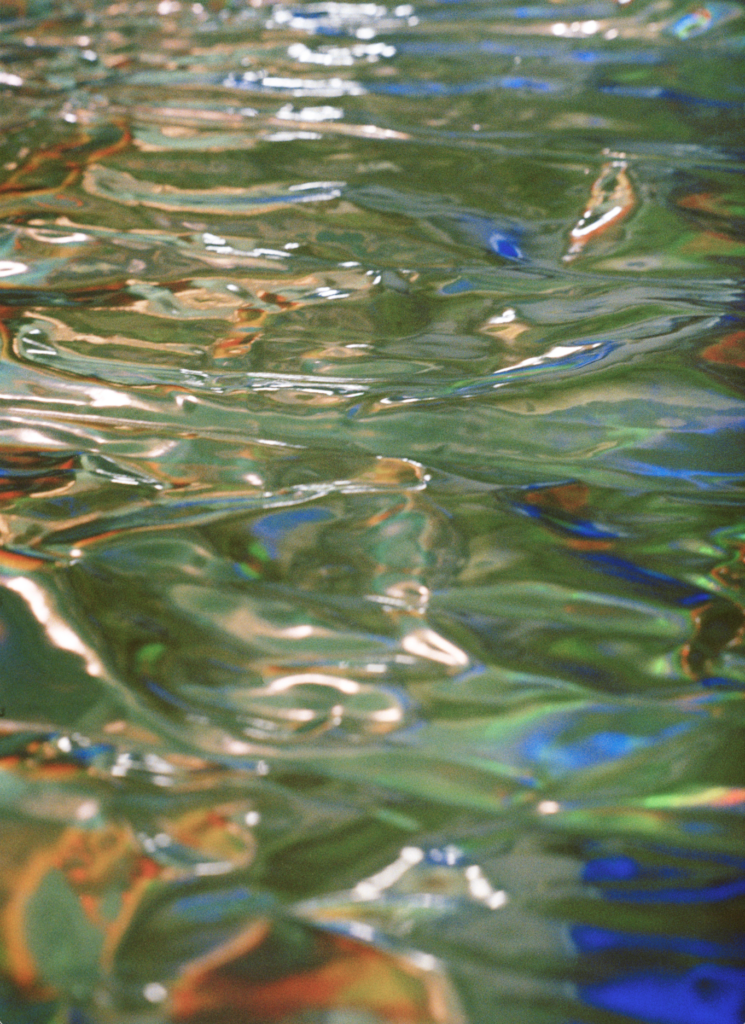
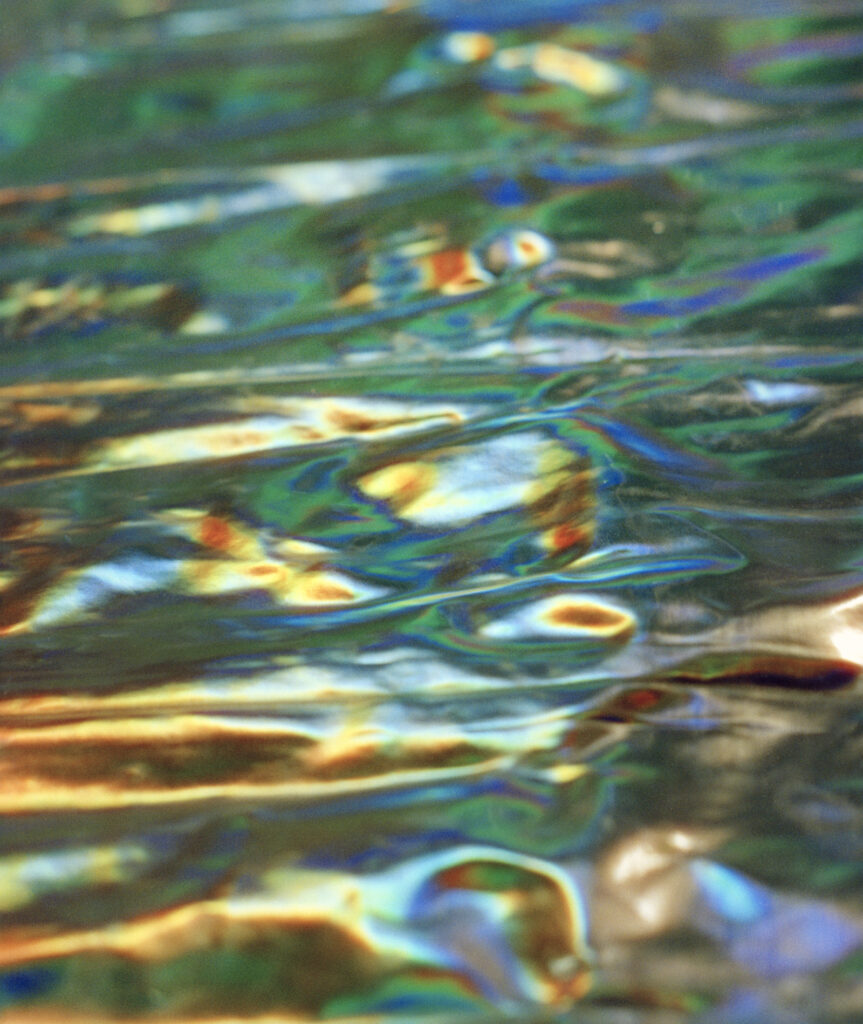
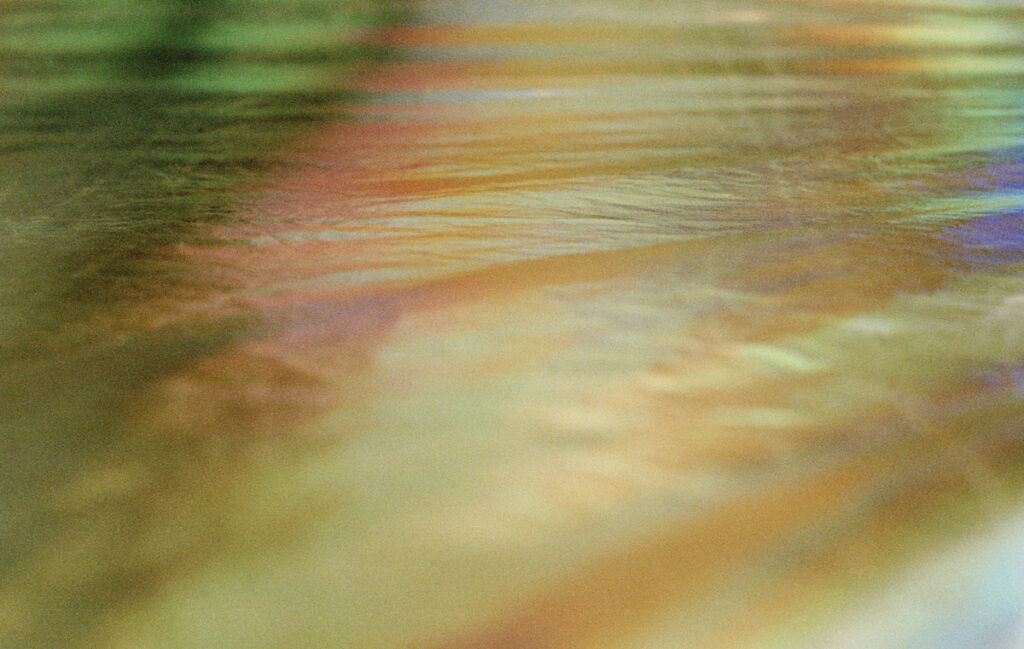
BW: Do you think street art has been overly commodified?
DO: “It’s a complex question.
Street art has gone through a metamorphosis and become something new. What started as un- regulated artwork to provoke imagination, inspiration, thought, humour, political action, and which was placed in unexpected places often on a small and intimate scale, has become large scale mural work.
The mural industry is huge now, and it’s a very lucrative path. When I was coming up through traditional graffiti and then eventually discovered street art I hadn’t heard of anyone making a living off it. That wasn’t the driving force for anyone, and when there is no money, there is a sort of purity to it all.
I think the type of work we are seeing on the large murals is amazing and the skills of artists being highly valued in society to make these massive artworks is great. I guess public spaces have always been utilized for advertising, and street artists borrowed from that model, using walls to advertise their crew’s name, and their artwork. Much like a company logo and some photography from a big corporation, now the mural painters work for the company’s but at least they are getting paid.
So, I guess I am saying yes, it has been commodified. I’m not sure if I can speak to the ‘overly’ part. It’s great to see all my peers making a living off the mural game. I don’t subscribe to the ‘keep it real’ mentality, Artists have to eat.“
